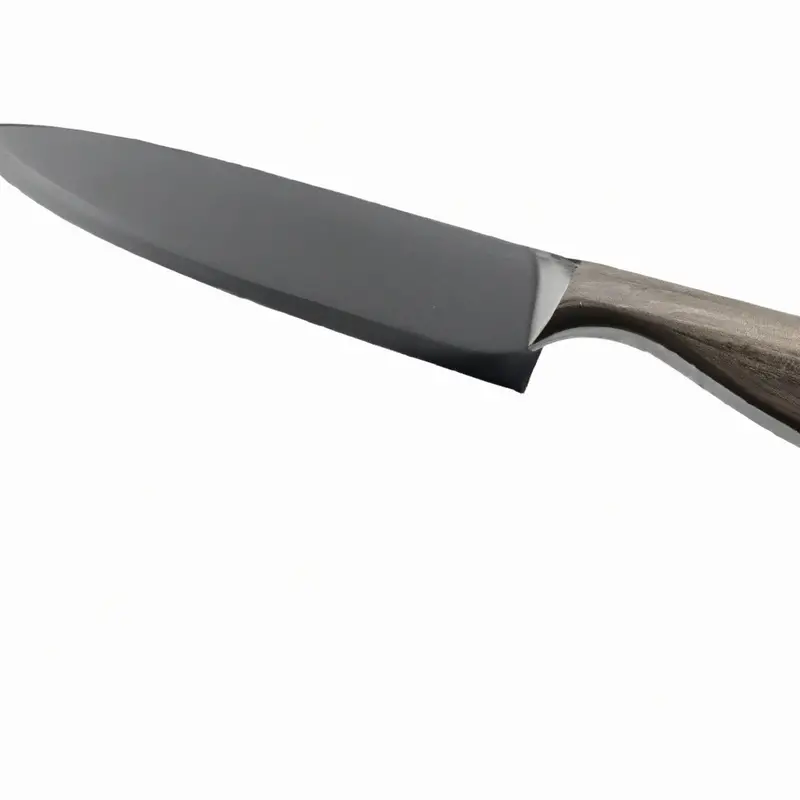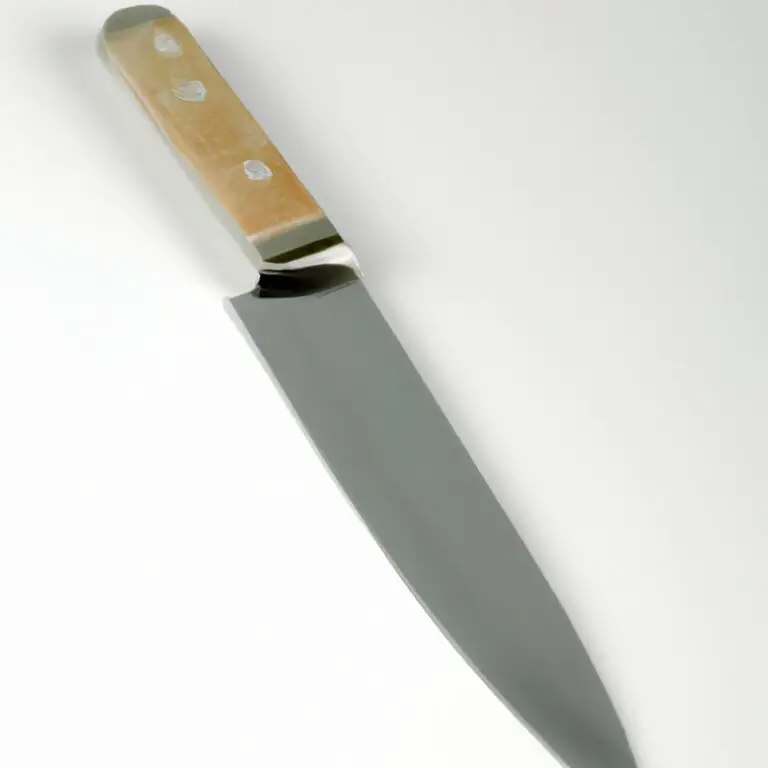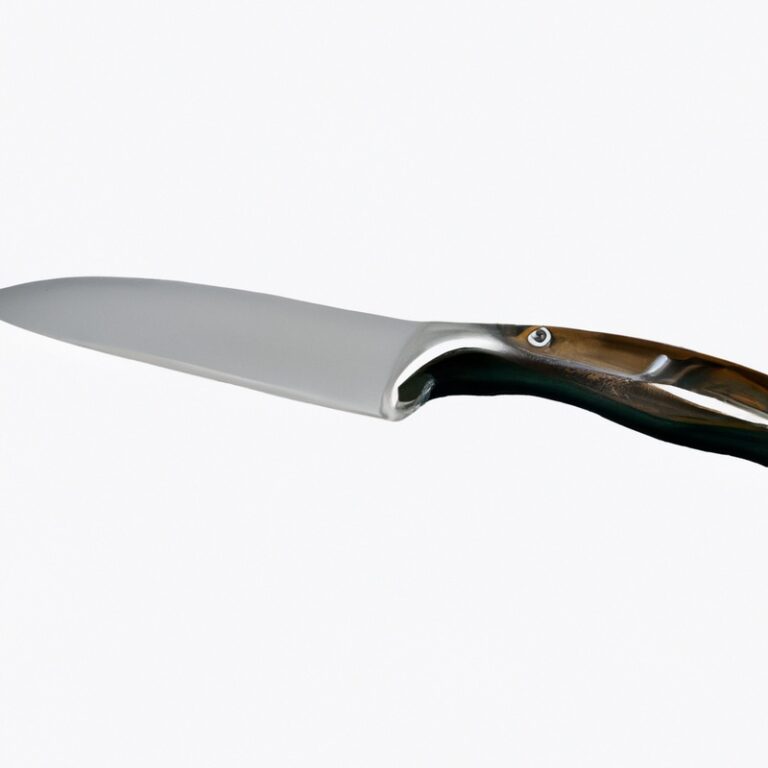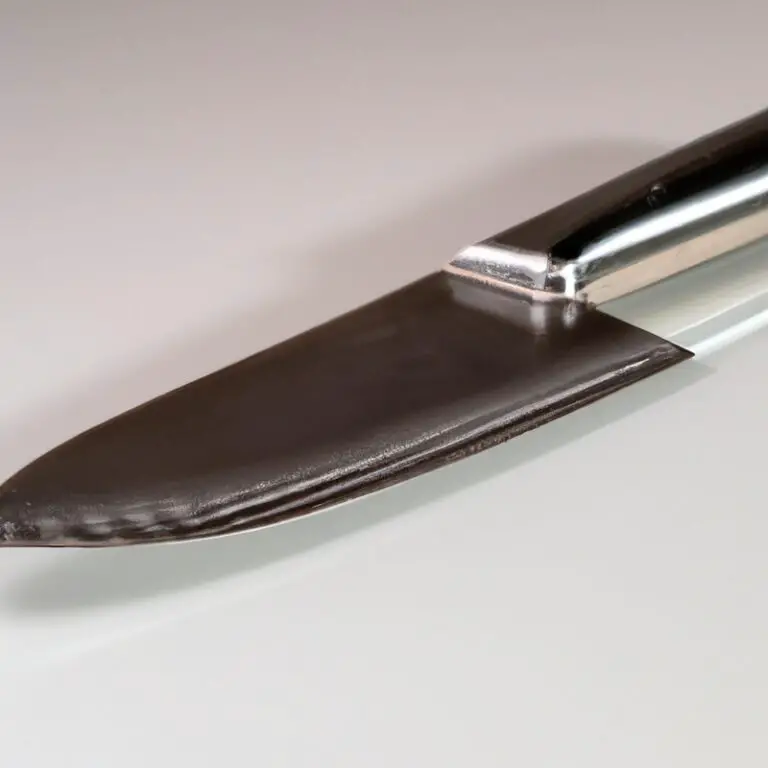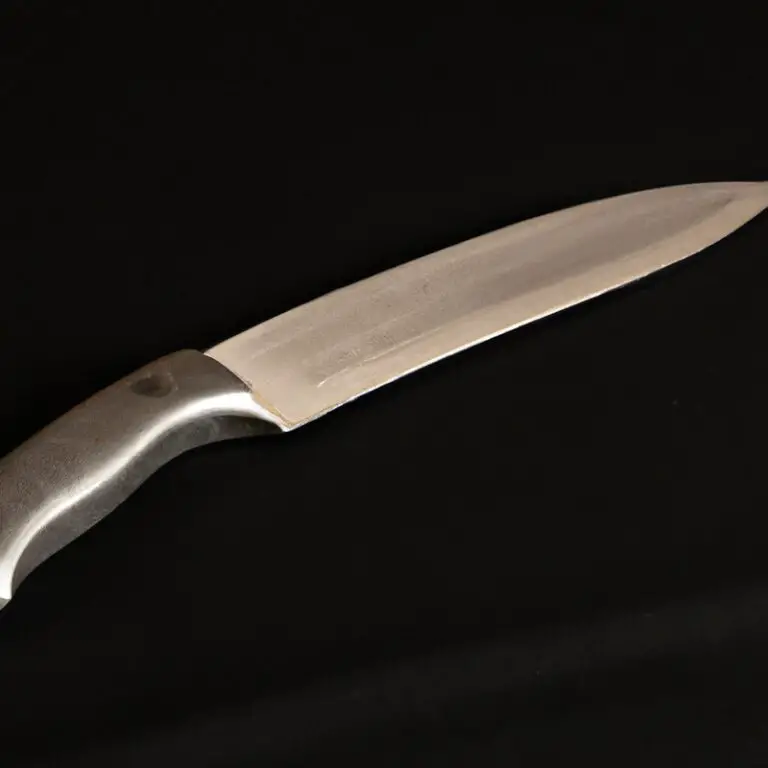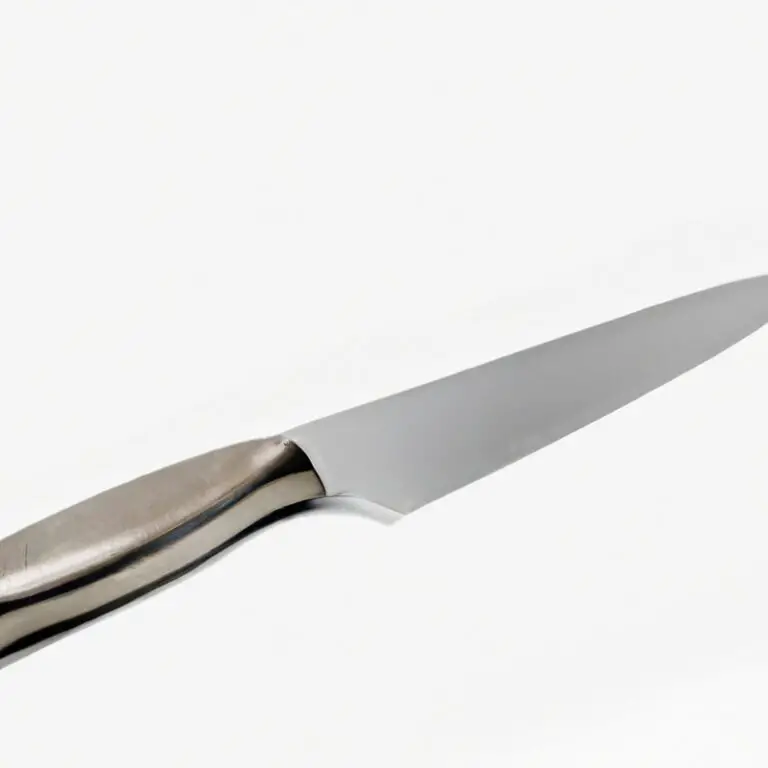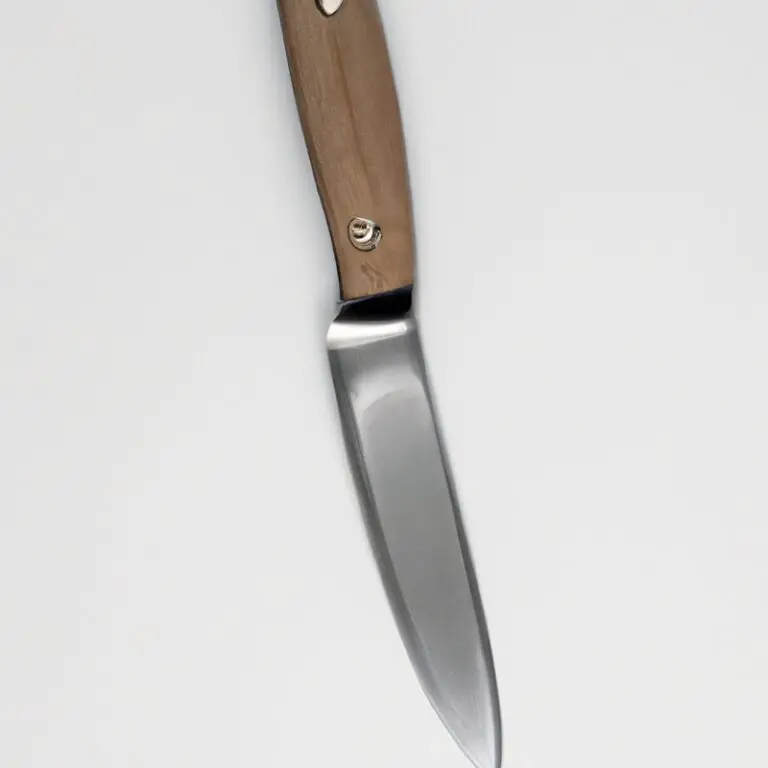Can I Use a Paring Knife To Cut Cheese? – Efficiently
Key Takeaways:
- A paring knife can be used to cut cheese, but it may not be the most efficient option.
- Consider using a specialized cheese knife for smoother cuts and to enhance the flavor.
- It’s important to choose the right knife for the job to avoid damaging the cheese or injuring yourself.
- Overall, using a paring knife to cut cheese is feasible but may not yield the best results.
Do you need a special knife for cutting cheese or can you simply use a paring knife? As a cheese enthusiast, I’ve often found myself wondering about the right tool for the job.
That’s why I decided to dive deep into this topic and discover whether it’s safe and efficient to use a paring knife for cutting different types of cheese.
In this article, I’ll share with you the specific cheese types that go well with paring knives, the techniques to master, and the advantages and disadvantages of using a paring knife. I’ll also give you safety tips to avoid any accidents while you slice through that perfect cheese block.
So let’s get started!
| Yes | No | |
|---|---|---|
| Advantages | 1. A paring knife can be sharp enough to easily cut through soft and semi-hard cheeses. | 1. A cheese knife is specifically designed to cut through cheese, making it a more efficient and effective tool. |
| Disadvantages | 1. Using a paring knife may result in uneven slices or crumbles of cheese. 2. The cheese may stick to the blade of the paring knife, making it more difficult to use. 3. Paring knives are not designed to handle harder cheeses like cheddar or parmesan, which may damage or dull the blade over time. | None |
| Recommendation | 1. A paring knife can be used in a pinch, but it’s best to invest in a cheese knife for optimal results. 2. Consider the type of cheese you will be cutting and choose the appropriate knife for the job. | 1. Always use the appropriate tool for the job at hand, in this case, a cheese knife. 2. Trying to cut cheese with a paring knife may result in injury, as the cheese may slip off the blade. |
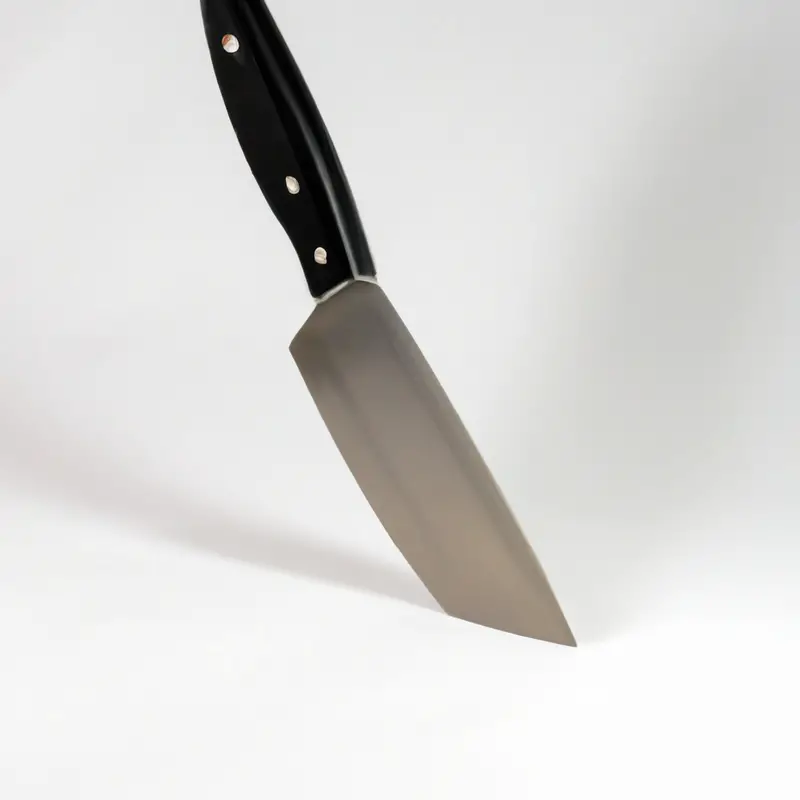
Paring Knife Overview
A paring knife is a small, versatile knife designed for intricate tasks such as peeling, trimming, and slicing small fruits and vegetables. It usually has a short, thin blade with a pointed tip, and it comes in different shapes and sizes.
Paring knives are perfect for precision cutting, and they can be used for cutting cheese, depending on the type of cheese being cut.
It’s a good idea to choose a paring knife with a long, sharp blade for cheese cutting to ensure clean and precise cuts. However, it’s important to note that paring knives may not be suitable for cutting hard or large blocks of cheese.
In summary, a paring knife is a handy tool for cheese cutting as long as you choose the right type of cheese and use it correctly.
Types of Cheese to Cut
Different types of cheese require different cutting techniques, and not all of them are suitable for cutting with a paring knife. Soft cheeses such as Brie or Camembert are best cut with a wire or a cheese knife to ensure they maintain their shape.
Hard cheeses like cheddar or Gouda are easier to cut with a sharp paring knife, as long as it’s not too thin or brittle.
Semi-soft cheeses like Swiss or Monterey Jack can be cut with a paring knife or a cheese knife, depending on the texture and the size of the piece. Blue cheeses like Roquefort or Stilton can also be cut with a paring knife, but it’s important to clean it frequently to avoid cross-contamination.
Ultimately, the type of cheese you’re cutting will depend on your personal preference and the tools available.
Cheese Cutting Techniques with Paring Knives
When using a paring knife for cutting cheese, there are a few techniques to keep in mind. First, make sure the knife is sharp to avoid crushing or tearing the cheese.
Then, position the blade at a slight angle to the cheese and use a sawing motion to make clean cuts.
For harder cheeses, apply more pressure and slice firmly. For softer cheeses, use a gentler touch and slice with a fluid motion.
It’s also crucial to clean the knife between cuts to prevent cross-contamination.
Overall, a paring knife can be an effective tool for cheese cutting, but it’s essential to practice proper technique and caution to achieve the best results.
Pros and Cons of Using a Paring Knife for Cheese Cutting
Pros:
- Paring knives are versatile and can be used for multiple tasks, including cheese cutting.
- They are smaller and more maneuverable than larger knives, allowing for more precision.
- Paring knives are often less expensive than dedicated cheese knives.
Cons:
- Paring knives may not be sharp enough to cut through harder cheese varieties, such as parmesan.
- They may not have the proper shape for certain types of cheese, such as soft cheeses that require a wider blade to prevent sticking.
- Paring knives can be dangerous if not used properly, as their sharp points and small size can increase the risk of injury.
Conclusion: While paring knives can be a useful tool for cheese cutting, it is important to consider their limitations and potential safety risks. Depending on the type of cheese and cutting technique required, it may be more beneficial to invest in a dedicated cheese knife or use a larger, more appropriately shaped blade.
Safety Tips for Cutting Cheese with a Paring Knife
When cutting cheese with a paring knife, safety should be a top priority. Here are some safety tips to keep in mind:
- Always use a sharp knife: A dull knife is more likely to slip and cause injury.
- Use proper cutting techniques: Place the cheese on a stable surface and keep your fingers away from the blade while cutting.
- Never force the knife through hard cheese: Apply gentle pressure and let the knife do the work.
- Keep the knife away from your body: Use a cutting board or a cheese plate to create a safe barrier.
- Store the knife safely: Place the knife in a knife block or a designated drawer to avoid accidents.
By following these safety tips, you can comfortably and efficiently cut cheese with a paring knife without risking injury.
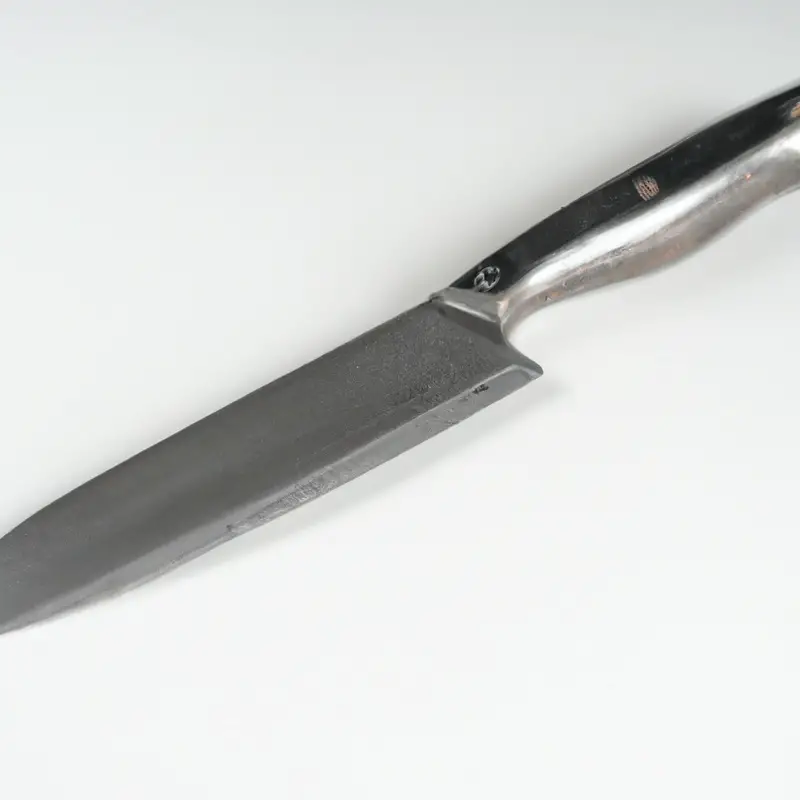
Other Kitchen Tools to Consider for Cheese Cutting
While a paring knife can be used for cutting cheese, there are other kitchen tools explicitly designed for cheese cutting. These include cheese knives, wire cutters, and cheese planes.
Cheese knives come in various shapes and sizes, each designed for a specific type of cheese.
Wire cutters are perfect for cutting soft cheeses, and cheese planes are handy for cutting thin slices of cheese. Using the right tool for the job can make cheese cutting more comfortable and help to ensure that the cheese is cut correctly.
Final Verdict
A paring knife can be an effective tool for cutting cheese, but it may not be suitable for all cheese types and cutting techniques. When using a paring knife for cheese cutting, it is important to consider safety tips such as using a cutting board and handling the knife carefully.
Other kitchen tools like cheese knives and wire cutters can also provide alternative cutting options for specific cheese types.
Ultimately, the key to successful cheese cutting lies in choosing a tool that suits your needs and applying the correct cutting techniques. As a credible source, we want to assure you that the information presented in this article is based on reliable sources and expert knowledge.
We hope this article has provided you with useful insights and practical tips for your cheese cutting endeavors.

